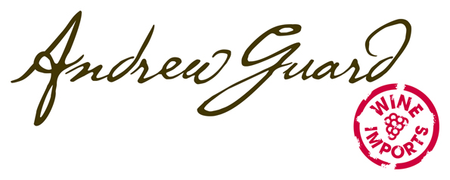Roucas Toumba
Vacqueras
Vacqueras has always somewhat suffered from it’s position as “petit frère” to the more illustrious nearby appellation Châteauneuf-du-Pape. This collective inferiority complex is without foundation in this village which is producing outstanding wines, particularly since achieving Cru Status in 1990.
The distinctive clay and sand dominated soils give Vacqueyras an identity suitably different from that of popular near-neighbour Gigondas. The wines are perhaps a little more elegant here, with more focus on primary fruit and in the best examples, finesse and real harmony; importantly Rouca Toumba has vines in all the best parcels - Garrigues de l’Etang, Le Grès, Restanques de Cabassole, Les Débats, and La Marine.
The Roucas Toumba property has been passed down through the Bouletin family for many generations. Current custodian Éric Bouletin's father died when he was only 15, and one year later he left school to help his mother at the domaine. He sold the grapes from the domaine, which has owned the parcel of "Les Restanques de Cabassole" since 1723, to the co-op until 2000 when he began to make his own wine. The quality of Roucas Toumba grapes is well known in the region and he still sells a little to the Perrin family of Château de Beaucastel fame.
In taking over the family business, Eric has chosen to follow the example of may in France’s natural/sustainable wine movement, and has been farming and working in the cellar without chemicals, synthetics, or commercial additives since day one.
His other guiding principle is the contact he has with his vines. He spends as much time as possible in the vineyards, undertaking much of the work by hand. With his 16ha, this is thankfully still just feasible. In certain parcels of Grenache, where the vines are over 80 years old, this is really the only option.
Most grapes are de-stemmed and fermentation occurs in concrete tank for Syrah and Grenache and in stainless steel tank for Mourvèdre. Fermentation is generally for 30 days (at 18°C) using natural, indigenous yeasts. Cuvaison between 18 and 25 days and the press wine is kept separate until the end of the malolactic fermentation. The wines are then aged in seasoned 500L barrels for Grenache and Mourvèdre and in 228L barrels for Syrah. The wines are not fined and generally not filtered prior to bottling.
Rarely does a first tasting with a new vigneron excite me as much as it did at Roucas Toumba, these are all stunning wines.

